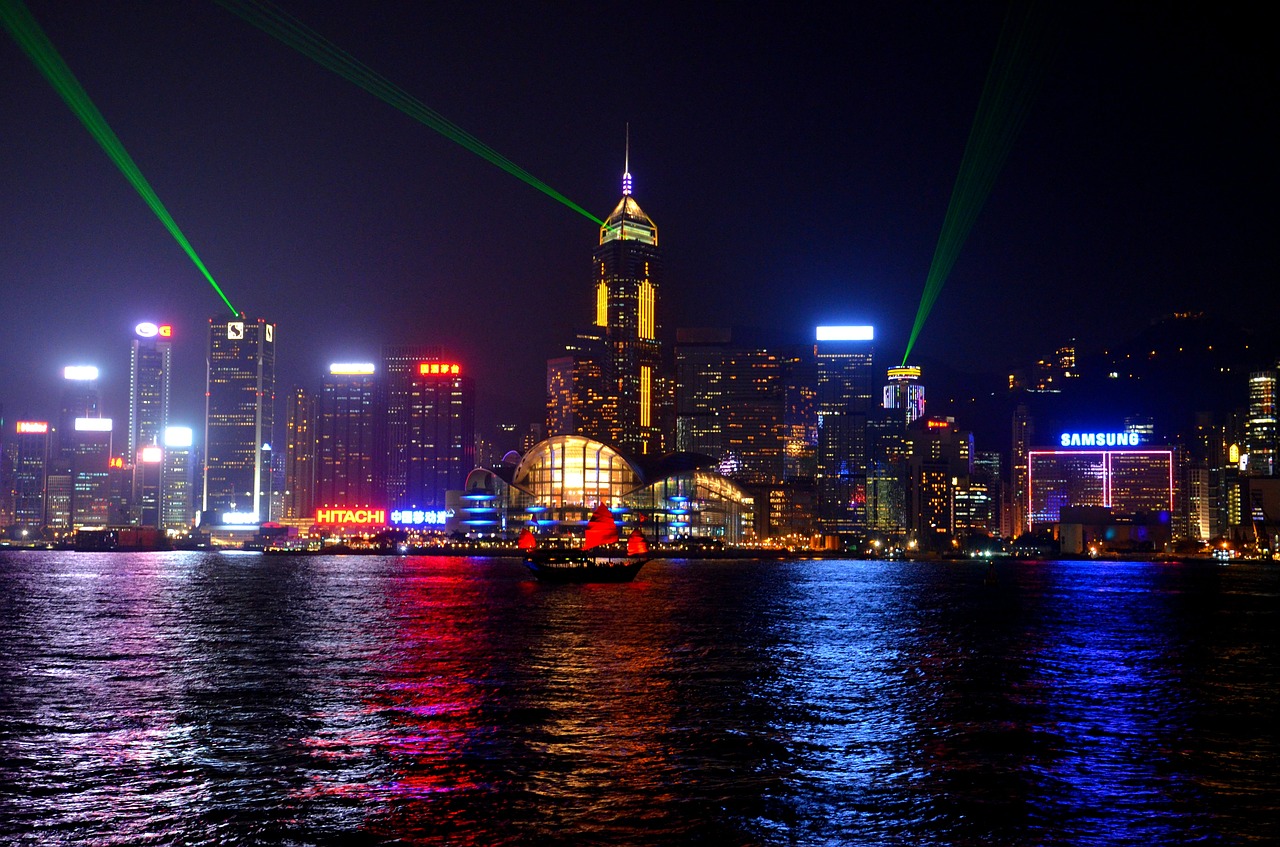There's been a lot of press about delayed approval for the Pacific Light Cable Network (PLCN) cable, which is due to connect Hong Kong, Taiwan, and the Philippines to the United States.
You can understand why this cable has gotten extra attention. Backers include Google, Facebook, and Pacific Light Data Communication (PLDC), which is owned by Chinese ISP Dr. Peng Telecom & Media Group.
While the whole system is awaiting approval from U.S. authorities, Google and Facebook have requested that the FCC allow activation of the Taiwan and Philippines portions of the cable.
There are many regulatory and political issues at play, but I felt a bit of background on the trans-Pacific cable market is warranted amid these headlines.
As you read more about the PLCN, keep these four facts in mind.
Several submarine cables already connect China and the United States
PLCN would not be the first cable to link Hong Kong, or even mainland China, to the U.S. Existing cables include:
- Trans Pacific Express (TPE): this cable entered service in 2008
- Asia-America Gateway (AAG): activated in 2009, this cable links many southeast Asian countries to the U.S. with landings in Hong Kong, Guam, Hawaii, and American West Cost.
- New Cross Pacific (NCP): the most recent cable to enter service in the Pacific, this cable connects China, South Korea, Taiwan, and Japan to the U.S.
Direct cables are not the only way data can travel between China and the United States
While cables that offer a direct path between countries is preferable in many cases, data can traverse any number of cables en route to its final destination.
Even though there several cables that link China and the United States directly, there's certainly a substantial amount of traffic that travels on intra-Asian cables, like the Southeast Asia-Japan Cable or Asia Pacific Gateway, from China to Japan.
In Japan, this traffic can transfer to a trans-Pacific cable, such as FASTER or Unity, to reach the U.S.
PLCN is not the only planned cable between Hong Kong and the United States
PLCN is just one of several planned submarine cables that intend to link Hong Kong to the United States (or U.S. territories). These include:
- Hong Kong-Americas (HKA): this consortium cable involves several parties including Facebook, China Telecom, and China Unicom.
- Hong Kong-Guam: Google is an investor in this cable alongside RTI
- Bay to Bay Express (BtoBE): this system is backed by Facebook, Amazon, and China Mobile
Content providers are investing in many new cables
Google and Facebook’s involvement in PLCN is one of many investments made by these two companies. And other content providers are following suit.
Alan Mauldin
Alan Mauldin is a Research Director at TeleGeography. He manages the company’s infrastructure research group, focusing primarily on submarine cables, terrestrial networks, international Internet infrastructure, and bandwidth demand modeling. He also advises clients with due diligence analysis, feasibility studies, and business plan development for projects around the world. Alan speaks frequently about the global network industry at a wide range of conferences, including PTC, Submarine Networks World, and SubOptic.





